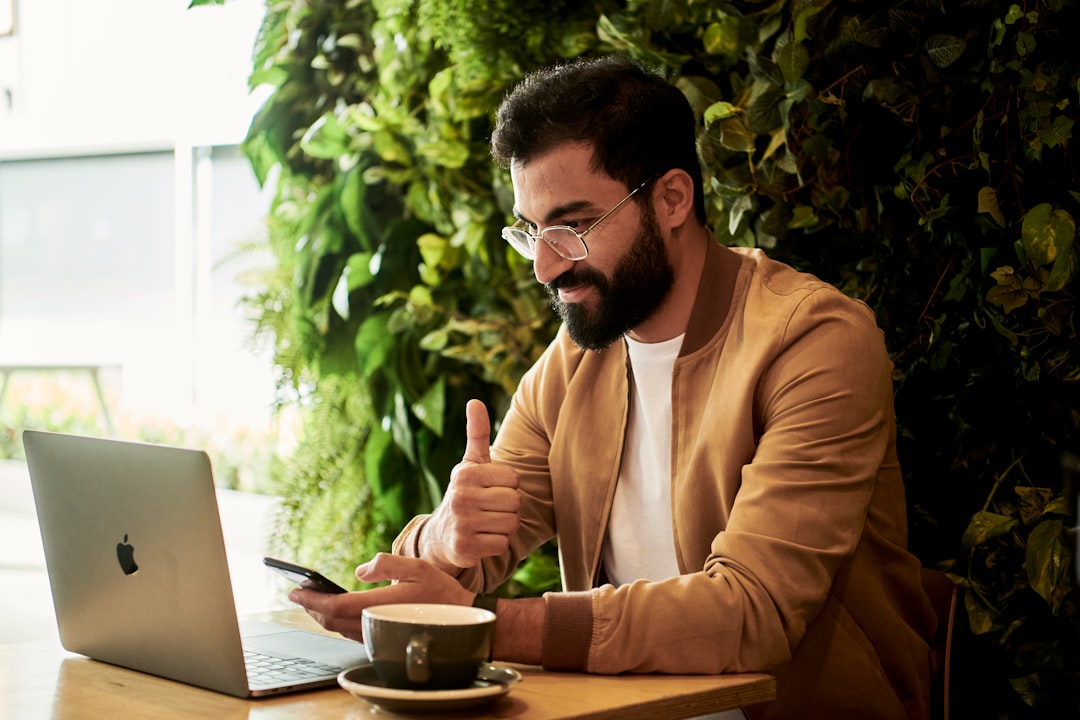Dallas Fire Sprinkler Systems: A Crucial Component in Fire Safety
Fire safety is a top priority in any building, and one of the most effective ways to prevent damage and loss of life is through the installation of fire sprinkler systems. Dallas fire sprinkler systems are a crucial component in fire safety, and they have been proven to be highly effective in containing and extinguishing fires. In this article, we will explore the importance of fire sprinkler systems, how they work, and the benefits of installing them in your Dallas building.
Fire sprinkler systems are designed to detect and respond to fires quickly and effectively. They consist of a network of pipes filled with water that are connected to sprinkler heads, which are installed throughout the building. When a fire is detected, the sprinkler heads are activated, releasing water to extinguish the flames. The water is distributed throughout the building through a system of pipes, ensuring that the fire is fully extinguished.
One of the most significant benefits of fire sprinkler systems is their ability to contain fires quickly and effectively. When a fire is detected, the sprinkler system is activated, releasing water to extinguish the flames. This helps to prevent the fire from spreading and causing damage to the building and its occupants. In addition, fire sprinkler systems can help to reduce the risk of injury or loss of life by providing a quick and effective response to fires.
Another benefit of fire sprinkler systems is their ability to reduce the risk of property damage. When a fire is detected, the sprinkler system is activated, releasing water to extinguish the flames. This helps to prevent the fire from spreading and causing damage to the building and its contents. In addition, fire sprinkler systems can help to reduce the risk of business interruption by minimizing the impact of a fire on the building and its occupants.
Fire sprinkler systems are also an effective way to reduce the risk of injury or loss of life. When a fire is detected, the sprinkler system is activated, releasing water to extinguish the flames. This helps to prevent the fire from spreading and causing injury or loss of life. In addition, fire sprinkler systems can help to reduce the risk of smoke inhalation by providing a quick and effective response to fires.
In addition to their ability to contain fires, reduce property damage, and reduce the risk of injury or loss of life, fire sprinkler systems also provide a number of other benefits. For example, they can help to reduce the risk of fire-related claims by providing a quick and effective response to fires. They can also help to reduce the risk of business interruption by minimizing the impact of a fire on the building and its occupants.
When it comes to installing fire sprinkler systems, it is important to work with a qualified and experienced professional. Fire sprinkler systems are complex and require careful installation and maintenance to ensure that they function properly. A qualified and experienced professional can help to ensure that the system is installed correctly and that it is properly maintained to ensure that it functions effectively in the event of a fire.
In conclusion, fire sprinkler systems are a crucial component in fire safety. They are designed to detect and respond to fires quickly and effectively, and they have been proven to be highly effective in containing and extinguishing fires. In addition to their ability to contain fires, reduce property damage, and reduce the risk of injury or loss of life, fire sprinkler systems also provide a number of other benefits. By installing a fire sprinkler system in your Dallas building, you can help to ensure that your building and its occupants are safe and secure in the event of a fire.


 The Art of Enhancing Your Natural Beauty with Lash Extensions
The Art of Enhancing Your Natural Beauty with Lash Extensions